The field of music therapy has long fascinated researchers, clinicians, and musicians alike. At its core, it represents a unique intersection of art and science, where sound waves meet neural pathways to facilitate healing. Unlike traditional talk therapies, music therapy operates on a primal level, bypassing cognitive defenses to access deeper emotional states. This therapeutic approach doesn't merely use music as background noise; it engages clients in active music-making or receptive listening with specific clinical intentions.
Neurological foundations form the bedrock of music therapy's effectiveness. When we examine brain imaging studies, we see that music activates more areas of the brain simultaneously than nearly any other stimulus. The auditory cortex processes the sound itself while the limbic system responds to the emotional content. Remarkably, rhythmic patterns can synchronize with motor functions, explaining why stroke patients often regain speech through melodic intonation therapy. This multimodal activation creates numerous entry points for therapeutic intervention that verbal approaches simply cannot match.
The physiological responses to music therapy reveal equally compelling evidence. Controlled studies demonstrate measurable changes in vital signs during sessions - heart rate variability improves, cortisol levels decrease, and oxytocin release increases. These biological markers explain why premature infants in neonatal intensive care units show better weight gain when receiving music therapy. The vibrations and rhythmic patterns appear to regulate autonomic nervous system functioning in ways we're only beginning to understand fully.
Psychological mechanisms in music therapy operate on multiple levels simultaneously. On one plane, the iso principle suggests that meeting clients at their current emotional state with matching musical qualities, then gradually shifting the music, can guide them toward healthier states. On another level, the inherent structure of music provides containment for chaotic emotions, allowing traumatic material to surface within manageable parameters. This dual capacity to mirror and shape emotional experience makes music therapy particularly effective for conditions like depression and PTSD.
Cultural considerations profoundly influence music therapy practice. A rhythm that soothes in one culture might agitate in another. Skilled therapists must understand not just clinical techniques but also the musical idioms of their clients' backgrounds. This cultural dimension adds complexity but also tremendous richness to the therapeutic process. In multicultural societies, therapists often create hybrid interventions blending Western clinical approaches with traditional healing musics from various ethnic traditions.
The client-therapist relationship in music therapy develops through shared musical experience rather than solely through verbal exchange. This creates unique dynamics - the improvisational interplay between therapist and client can reveal relational patterns more immediately than months of talk therapy. Resistance often manifests musically before the client becomes consciously aware of it, allowing for earlier intervention. The music becomes both the medium and the mirror of the therapeutic relationship.
Research into evidence-based protocols has grown exponentially in recent decades. We now have standardized methods for using music therapy in pain management, with specific tempo ranges proven to increase pain threshold. Protocols exist for memory recall in dementia patients, using carefully selected repertoire from their youth. The American Music Therapy Association has established guidelines for various populations, from autistic children to chemotherapy patients. This professionalization has helped music therapy gain recognition in mainstream healthcare settings.
Technological advancements are reshaping practice boundaries. Biofeedback systems now allow real-time sonification of physiological states - a patient can literally hear their stress levels decreasing as they engage with therapeutic music. Virtual reality platforms create immersive musical environments for exposure therapy. These innovations expand what's possible while raising important questions about maintaining the human connection at therapy's heart.
The future of music therapy likely lies in personalized interventions. With advances in music information retrieval algorithms and AI-assisted composition, therapists may soon create custom pieces matching a client's exact neurological and psychological profile. However, this technological promise must balance with preserving music's spontaneous, human qualities. As the field evolves, practitioners must remain grounded in music's fundamental power to express what words cannot - the ineffable aspects of human experience that often hold the key to healing.
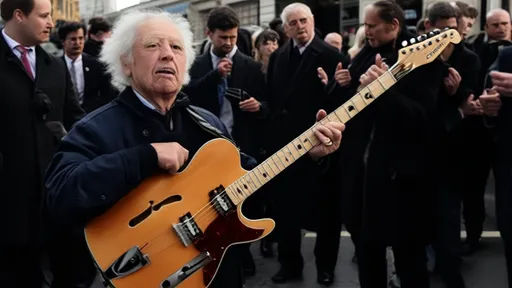
By /Aug 5, 2025

By /Aug 5, 2025

By /Aug 5, 2025

By /Aug 5, 2025
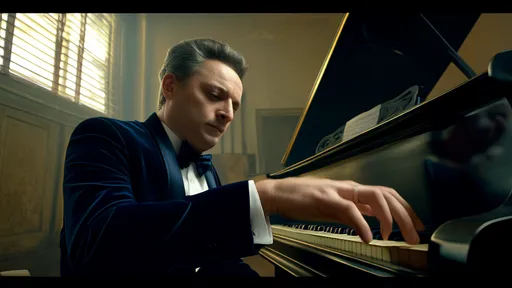
By /Aug 5, 2025
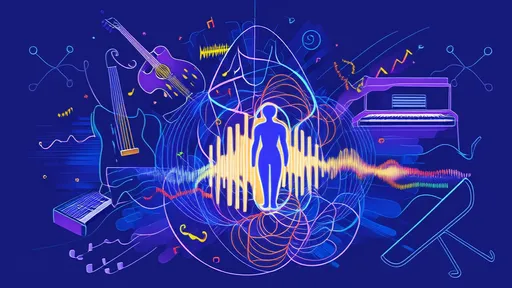
By /Aug 5, 2025

By /Aug 5, 2025

By /Aug 5, 2025
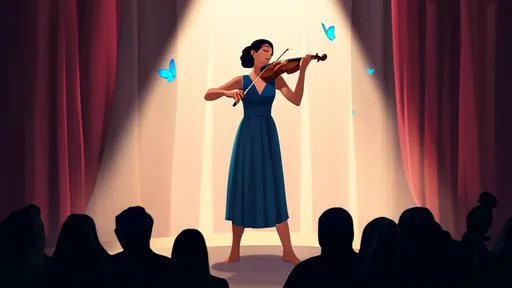
By /Aug 5, 2025
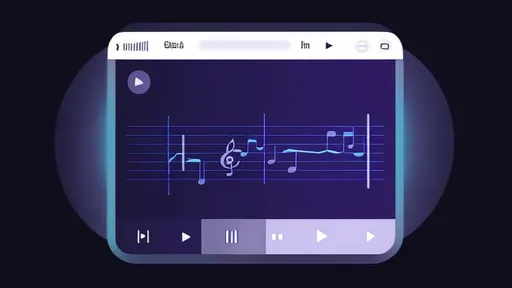
By /Aug 5, 2025

By /Aug 5, 2025

By /Aug 5, 2025
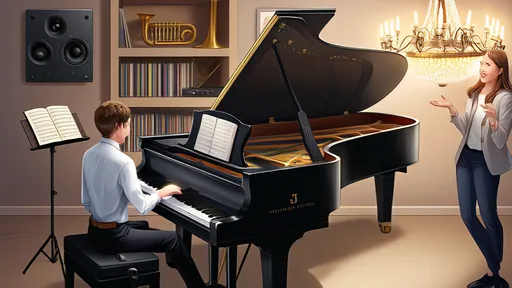
By /Aug 5, 2025
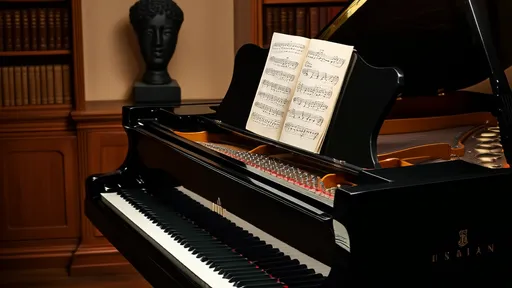
By /Aug 5, 2025
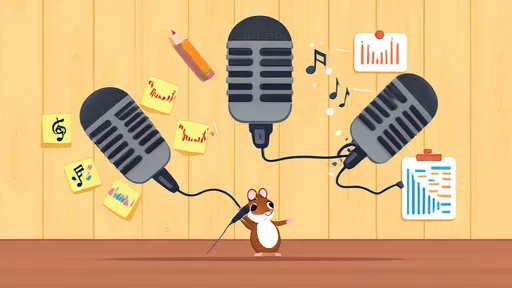
By /Aug 5, 2025

By /Aug 5, 2025

By /Aug 5, 2025

By /Aug 5, 2025

By /Aug 5, 2025

By /Aug 5, 2025